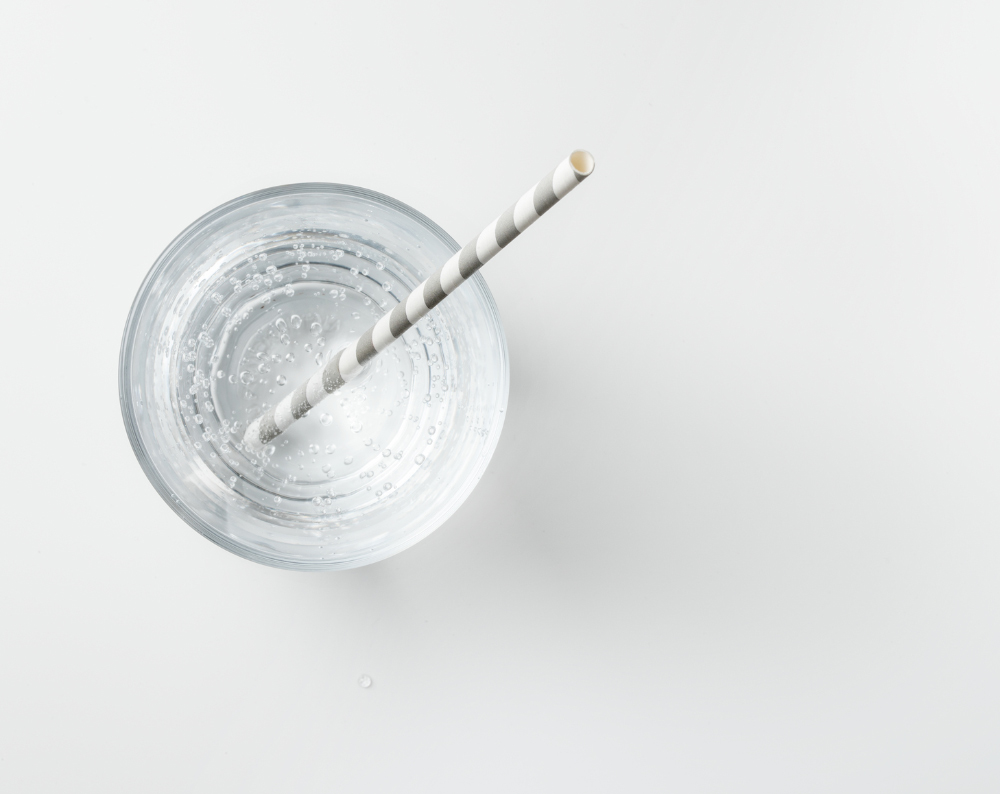Groundbreaking research at Gruppo Veritas proves the power of smart wastewater disinfection

Million m³ of Wastewater treated yearly
Million m³ of Drinking water distributed yearly
Million people served
Gruppo Veritas serves a total of 800,000 resident inhabitants, plus about 300,000 annual average part-timers, producing drinking water and cleaning ~95 million m3 of wastewater every year in 38 wastewater treatment plants in northern Italy. Six of the plants are along the Adriatic coast, adding an extra layer of regulation to wastewater requirements in order to preserve the microbiological quality of discharge and protect swimmers and marine life. Around 34% of the plants need disinfection treatment; three use UV technology to do this and two are using performic acid (PFA) via the Kemira KemConnect DEX automated wastewater disinfection solution.
A sustainable disinfectant solution
PFA is a powerful peroxygen compound that disinfects rapidly at low doses, making it a cost-effective approach to the disinfection process. It is chlorine-free and halogen-free, and results on its minimal direct and indirect toxic impacts are very promising, thus it appears to be a very sustainable disinfection strategy.
Dr. Ragazzo and her team started researching the benefits of PFA back in 2005: “It started by chance when a Kemira contact came to meet with us to propose the use of a new chemical in wastewater disinfection: PFA. At the time we were looking for alternatives as chlorine use would be banned shortly thereafter,” she remembers. “PFA had never been used before in the field at that time and it was pretty interesting to add another alternative to chlorine: so we started to evaluate its applicability for wastewater disinfection in our lab.”
Excellent results from the start
The first results were promising. “We got good results and saw PFA’s clear effectiveness compared to traditional disinfectants such as chlorine and peracetic acid (PAA),” Dr. Ragazzo explains. “Our next step was hence to move to full-scale experiments in several plants, a phase which lasted until 2013. We started with a prototype production system, then continued with other production systems that evolved over time. It has been clear from our studies that this technology brings interesting results and that it is a valuable alternative to chlorine and other chemical disinfection systems in general. I think that is also thanks to our researches that the KemConnect DEX system evolved too, as Kemira took our feedback onboard towards the final product.”
In our experiments, PFA gave similar or better results than hypochlorite and always better than PAA at lower doses… we were already aware about the high energy consumption and in general costs, and the low flexibility of the UV technology.
The turnkey KemConnect DEX solution works by automatically dosing the optimal level of PFA, which it produces internally despite its compact footprint, with low energy requirements. The system is monitored and controlled on a digital platform that manages the flexible feed rates and automated dosing and gives full real-time process visibility on any connected device. It is a convenient and cost-effective solution with low CAPEX requirements, backed up in the field by Kemira’s water chemistry application expertise and global presence.
A winner compared to traditional alternatives
“In our experiments, PFA gave similar or better results than hypochlorite and always better than PAA at lower doses. With respect to UV, direct comparisons were not done, as it was out of our scope which was comparing chemicals. Also, we were already aware about the high energy consumption and in general costs, and the low flexibility of the UV technology. It also requires pretty clean water to give results. PFA is very effective and, to date, it seems not to form by-products. We would like to continue the study of this solution in other more delicate fields such as drinking water production. Our first studies on toxicity and genotoxicity gave promising results,” concludes Dr. Ragazzo.
For more information on the KemConnect DEX disinfection solution, please get in touch.
For anyone wanting to read more about Dr. Ragazzo’s studies on PFA, some references are listed below:
- Ragazzo, P., Chiucchini, N., Bottin, F., 2007. The use of hyproform disinfection system in wastewater treatment: batch and full-scale trials.
In: Hahn, H.H.,Hoffmann, E., Odegaard, H. (Eds.), Chemical Water and Wastewater Treatment IX. IWA Publishing, London, UK, 267-275. - Ragazzo, P., Chiucchini, N., Piccolo, V., Ostoich, M., 2013. A new disinfection system for wastewater treatment: performic acid full-scale trial evaluations. Water Science and Technology 67 (11), 2476-2487. http://dx.doi.org/10.2166/wst.2013.137
- Ragazzo, P., Feretti, D., Monarca, S., Dominici, L., Ceretti, E., Viola, G., Piccolo, V., Chiucchini, N., Villarini, M., 2017. Evaluation of cytotoxicity, genotoxicity, and apoptosis of wastewater before and after disinfection with performic acid.
Water Research. 116, 44-52. https://doi.org/10.1016/j.watres.2017.03.016 - Ragazzo, P., Chiucchini, N., Piccolo, V., Carrer, S., Zanon, Gehr, R., 2020. Wastewater Disinfection: Long-Term Laboratory and Full-Scale Studies on Performic Acid in Comparison with Peracetic Acid and Chlorine.
Water Research 184, https://doi.org/10.1016/j.watres.2020.116169
